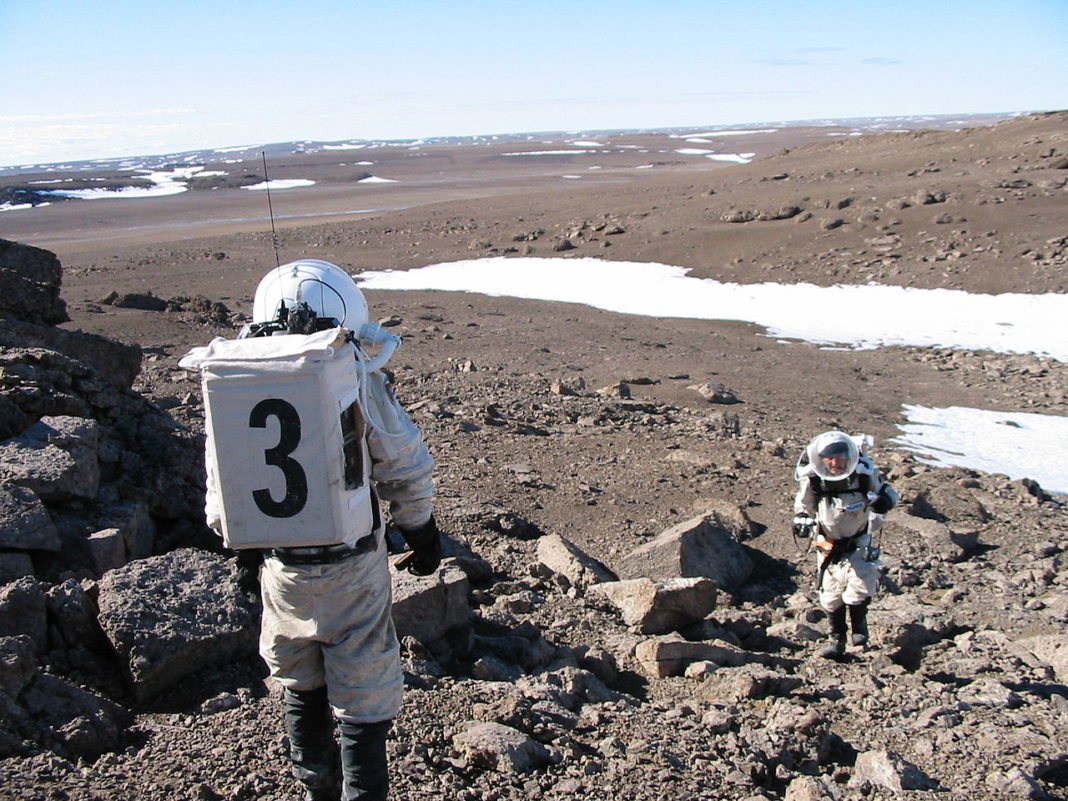Devon Island is one of many islands that make up the Canadian Arctic Archipelago, a term that describes the most northern islands in the nation. Devon Island is the second-largest island in a chain of islands called the Queen Elizabeth Islands, and it’s also the sixth-largest island in all of Canada. Devon Island is also the largest uninhabited island on Earth.
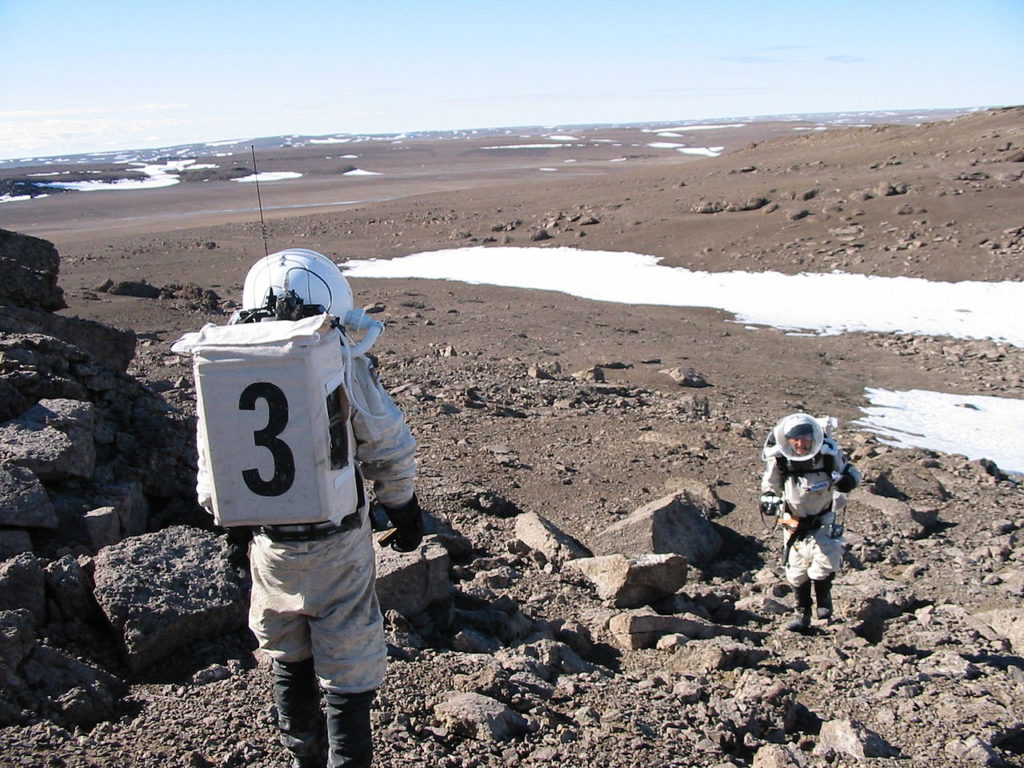
The ground remains frozen for almost the entire year, particularly the eastern third of the island which is permanently covered by an ice cap some 500 to 700 meters thick. For only a brief period, lasting 45-50 days, during the height of summer, the ground is snow-free. Summer temperature rises barely about 8°C. The average annual temperature is -16°C. In other words, Devon Island is a barren wasteland, dominated by frost-shattered rocks and nearly devoid of plants and animals. But for scientists and researchers, Devon Island is an extremely interesting place. Its desert setting and harsh climate are very similar to conditions on Mars.
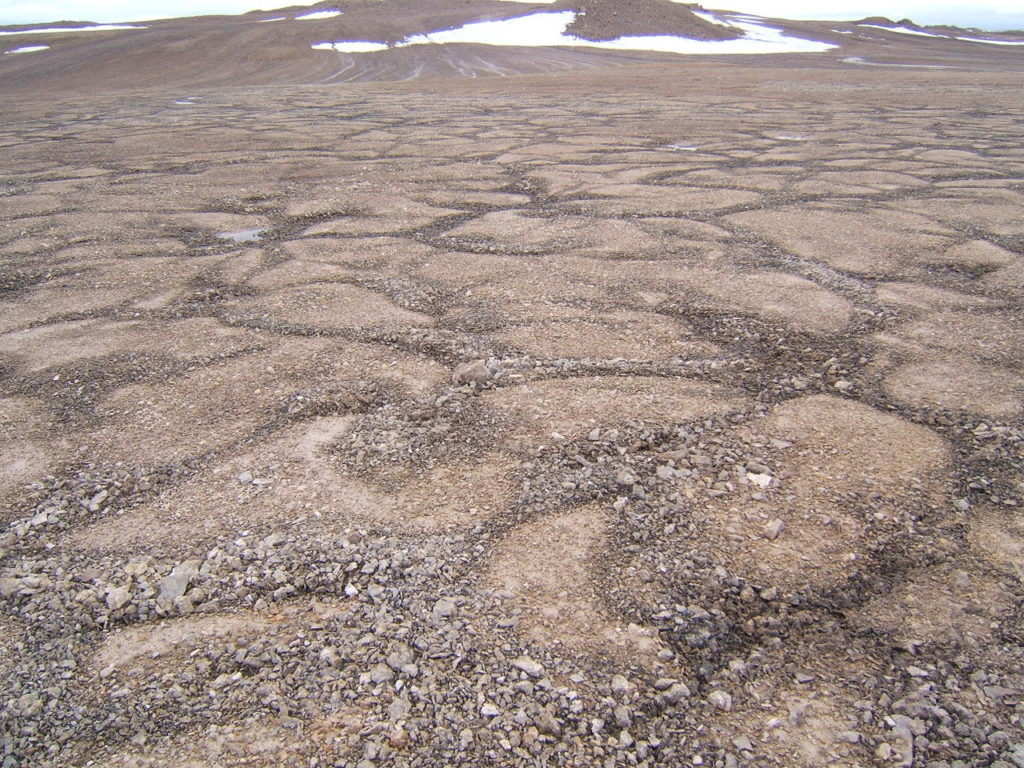
Since 2001, Devon Island has been the summer home for a group of people working on an international research project called the Haughton Mars Project (HMP) that studies how human explorers might live and work on other planetary objects, in particular on Mars.
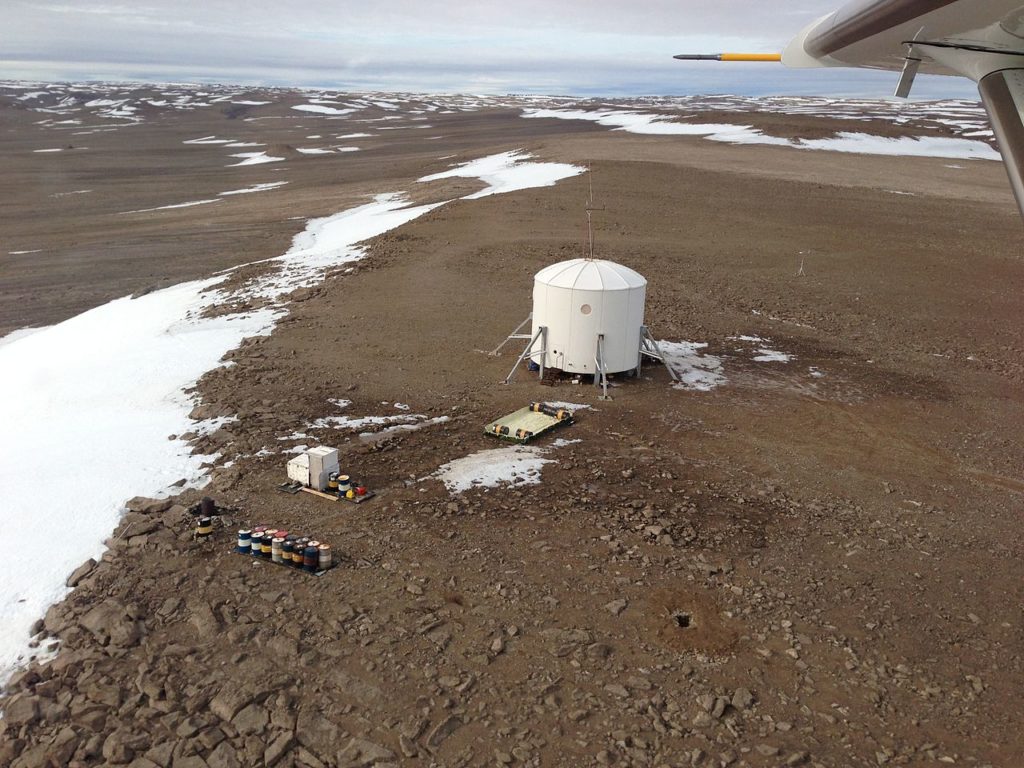
Operated by the Mars Society and primarily funded by NASA, the research is based out of the Flashline Mars Arctic Research Station (FMARS), located on a ridge overlooking the Haughton impact crater, a 23 km diameter crater formed approximately 39 million years ago when a 2 km diameter projectile slammed into the earth. The incident was so violent that rocks as far below 1.7 km were brought up to the surface. Because there is no flowing water due to the freezing temperature, weathering is minimal. As such, Haughton retains many geological features that craters elsewhere lose to erosion. The Haughton impact crater area is said to have one of the most Mars-like terrains on earth.
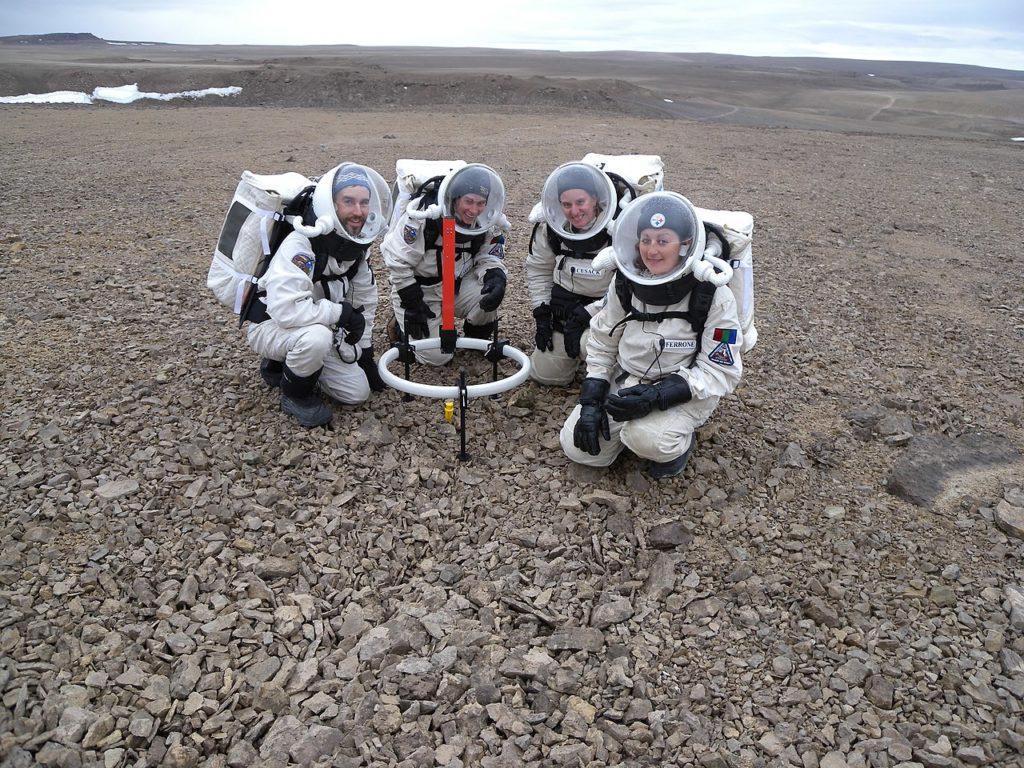
According to the Internet





